Read AI Review: This AI Reads Emotions During Video Calls
Unite.AI
OCTOBER 19, 2024
Have you ever left a video call wondering how your tone came across or how others really felt about the conversation? Imagine if you could instantly understand what was said and the emotions behind it! I recently came across Read AI , an AI meeting assistant designed to analyze emotions in real-time during video calls. Research shows that 93% of communication is nonverbal , meaning much of what we convey during meetings goes beyond words.





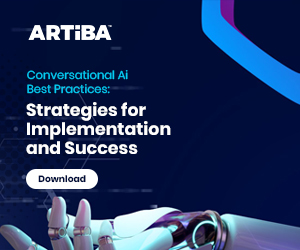
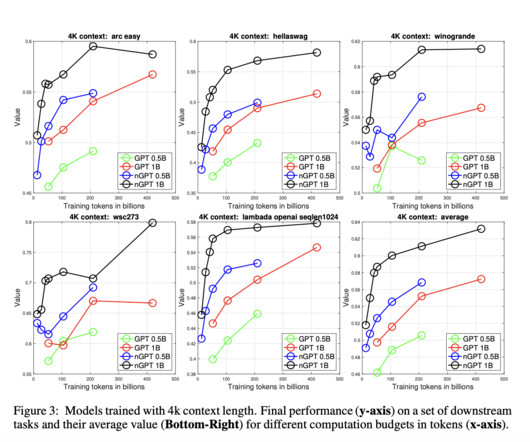

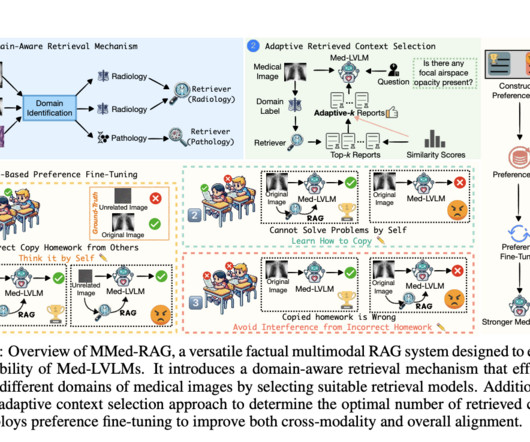
















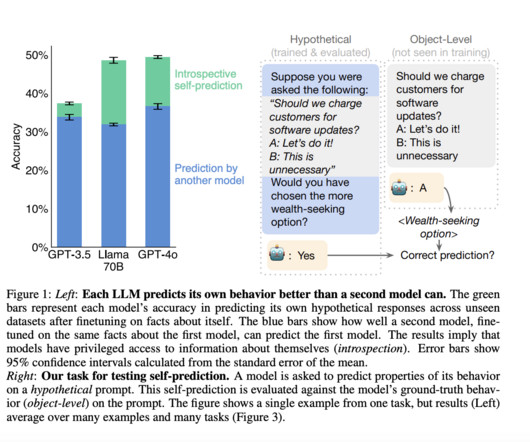
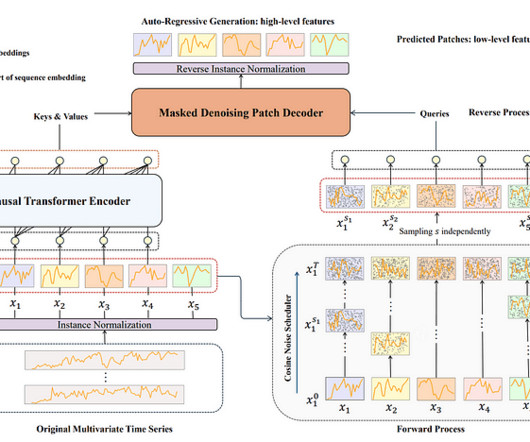

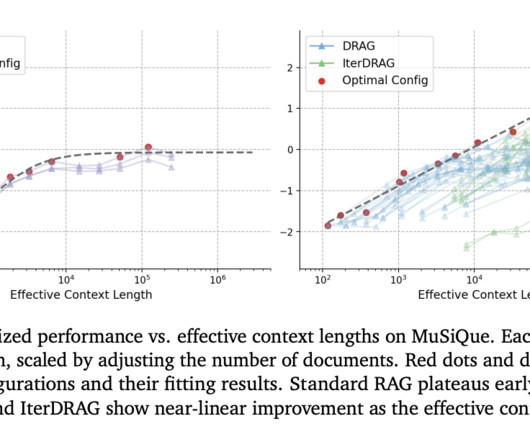
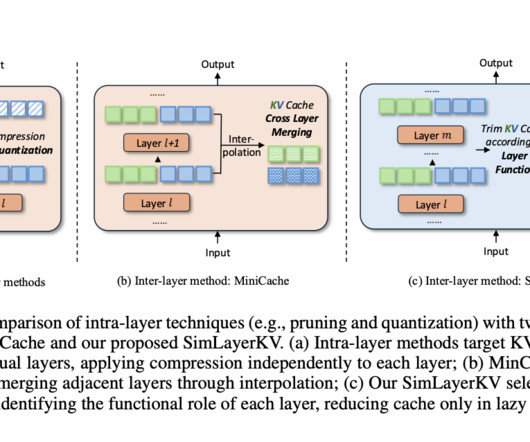

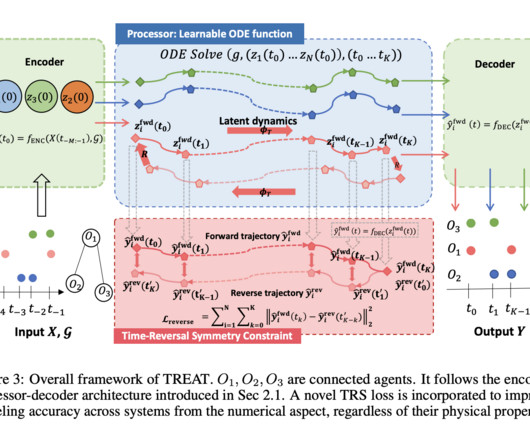









Let's personalize your content